hidden ephemera in a partially demolished 19th chicago cottage's ridge board assists in dating structure
This entry was posted on June 12 2016 by Eric

when i arrived at the partially demolished house, i felt relaxed and more than prepared to get lost in "the zone" of traveling back in time, carefully analyzing and deconstructing - at least in my head - the fully exposed 19th century wood-framed cottage.
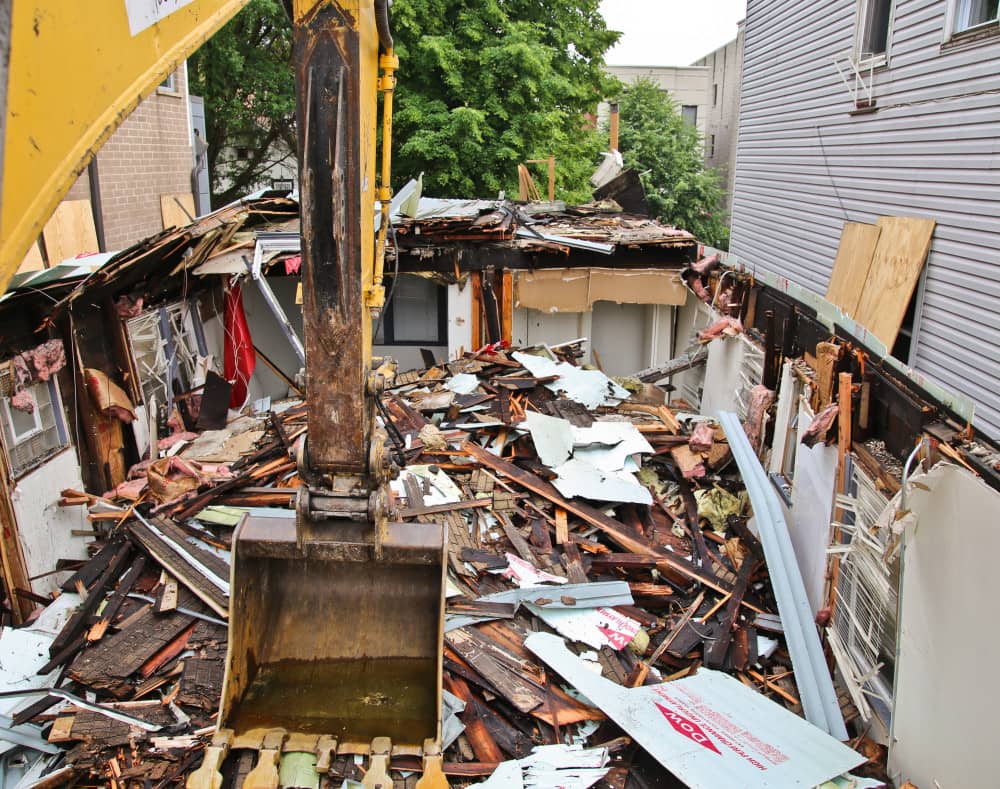
since i was the only one present on the site, i proceeded with little distraction, grabbing my camera and moving into the rubble where partially collapsed walls were all around me. i spent a great deal of time systematically documenting the configuration of various "systems," including how the studs and joists were joined to the massive sill plates. these rested atop a cast concrete "stone" foundation likely added in the 1920's, and i noted additionally the size and placement of sheathing and studs, the width and thickness of the floorboards, the characteristics of the clapboard (covered over at least three times with the siding that was so popular during various periods of the 20th century).
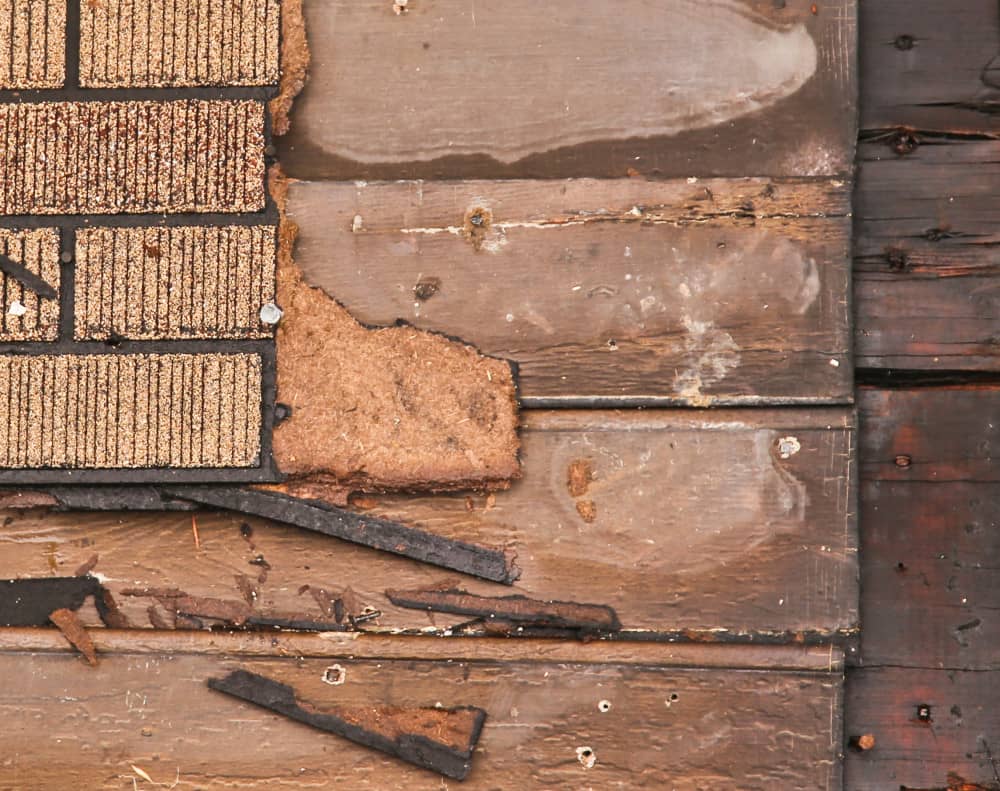
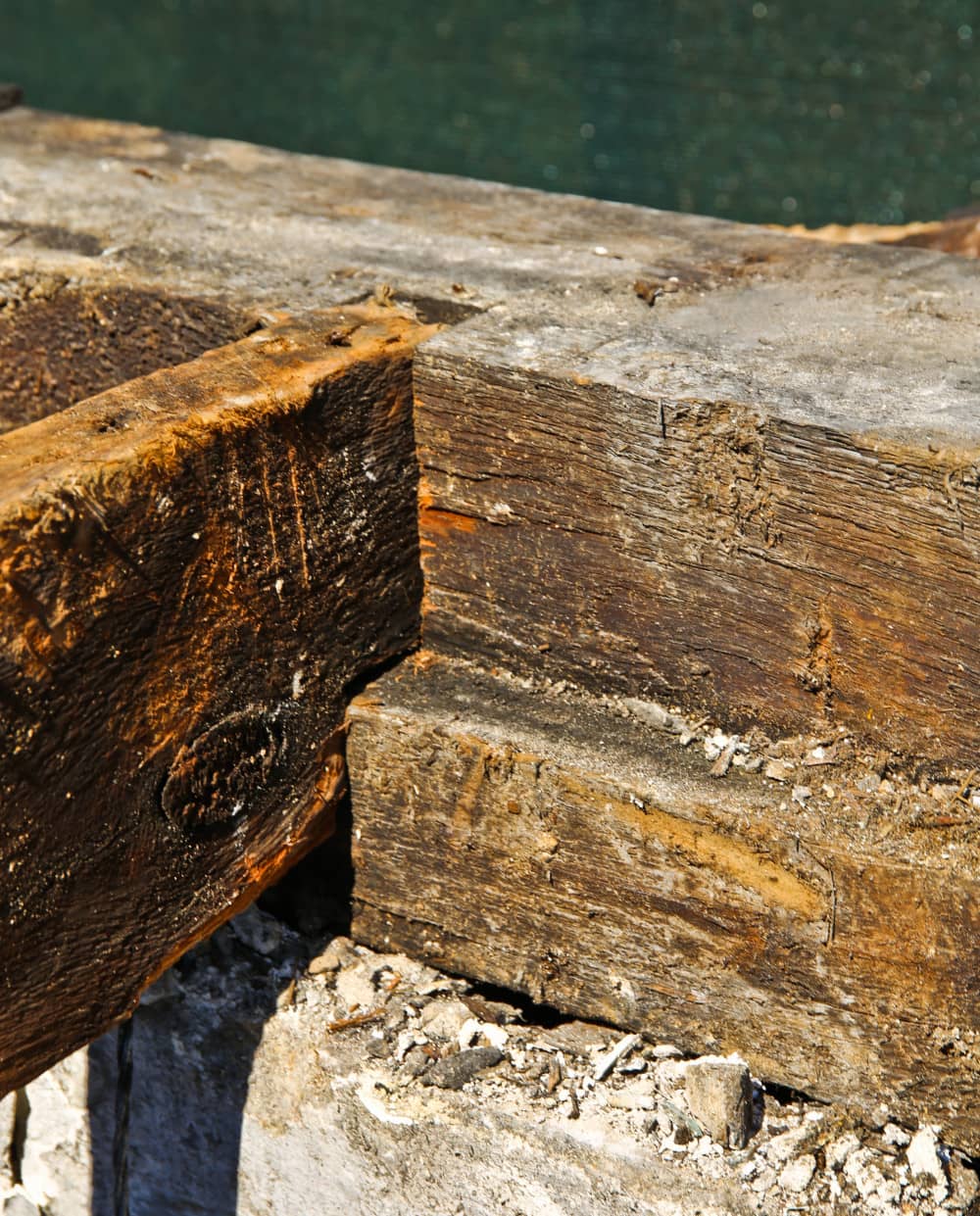
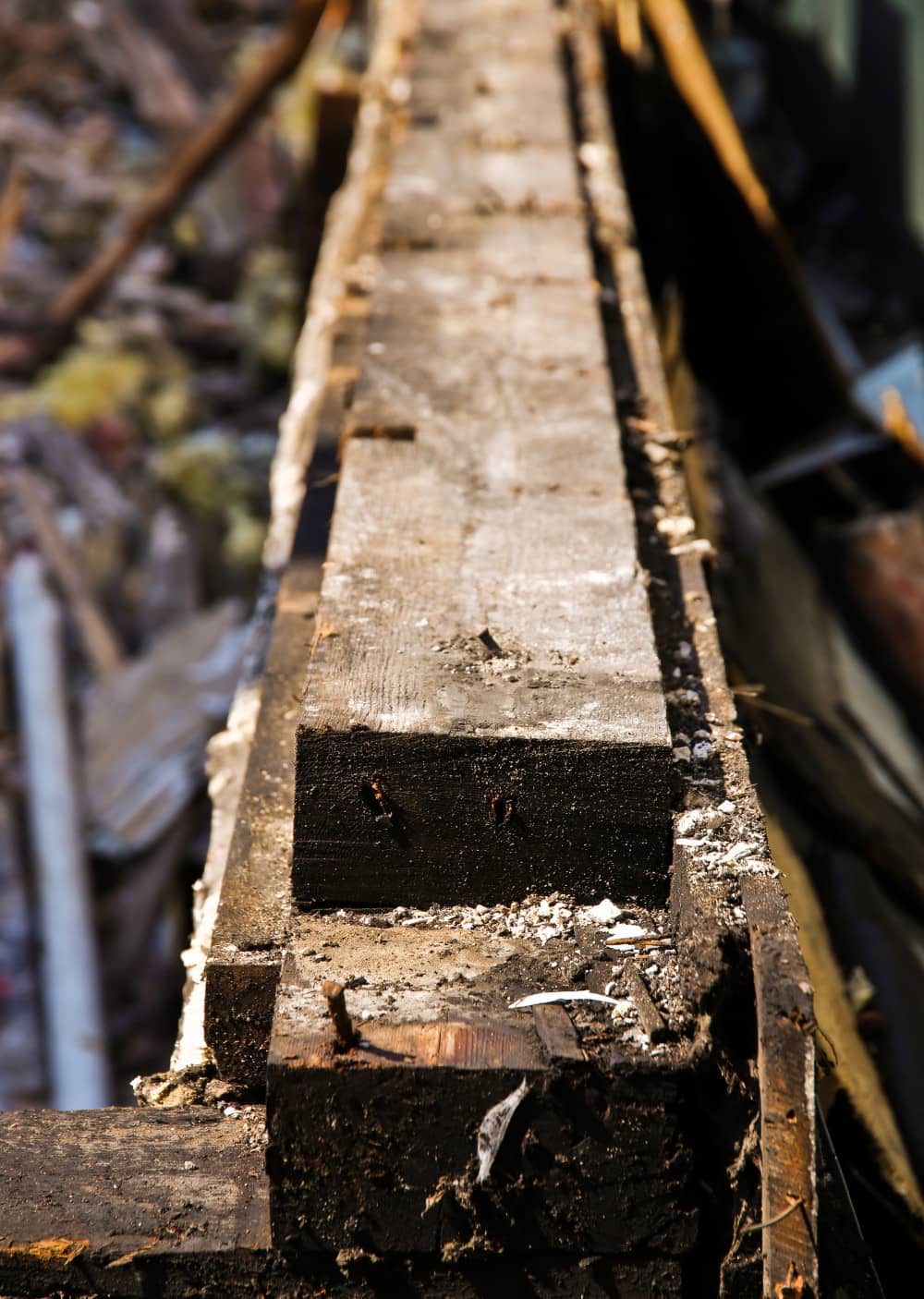
i looked closely at the type of nails or "spikes" and whether "treenails" or pegs were used to join the beams. the saw markings were both circular and up/down, but the spacing between markings varied considerably in some instances, prompting me to imagine the various saw carriages, the blades leaving marks during up and down strokes as the logs or boards inched forward and so on.
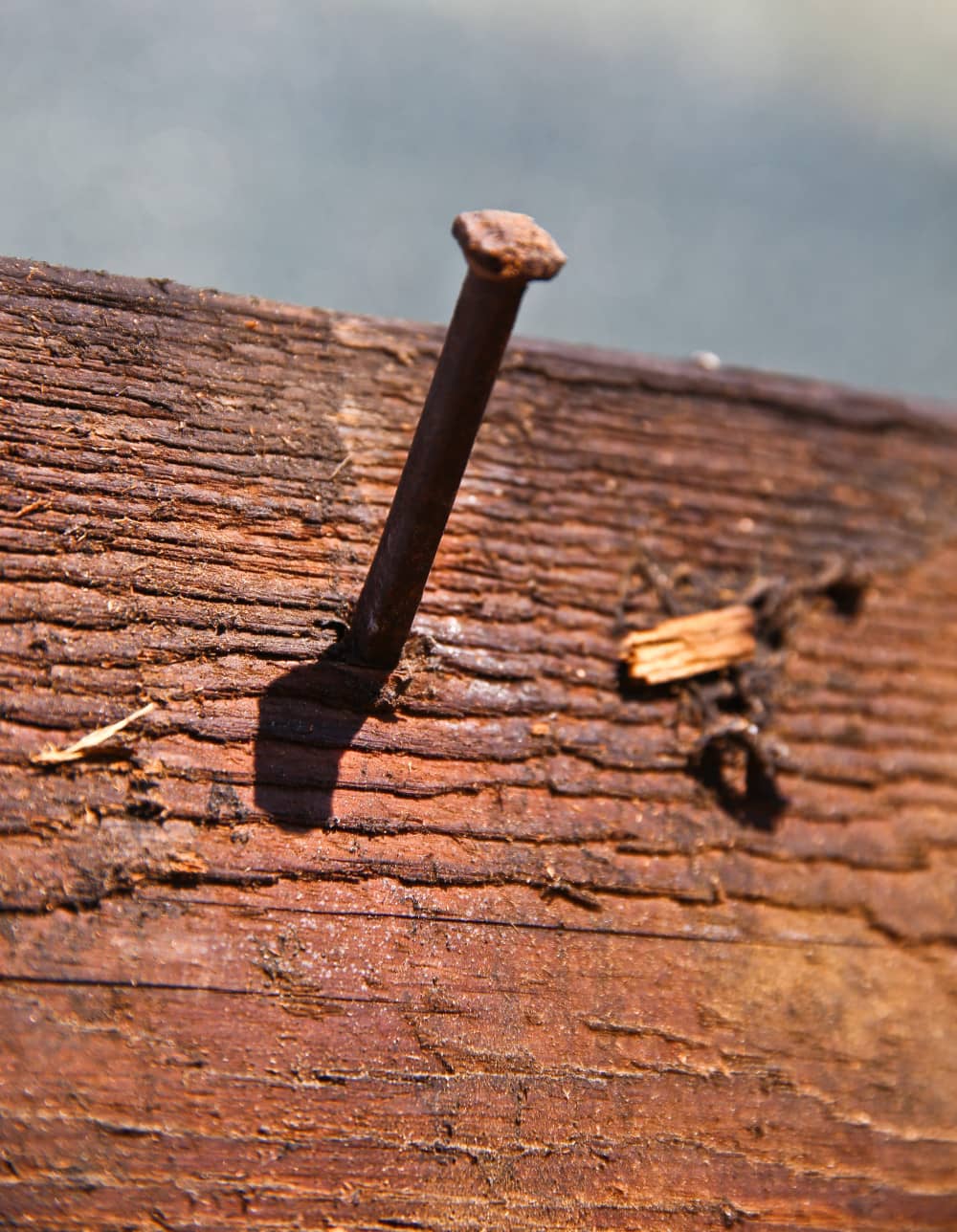
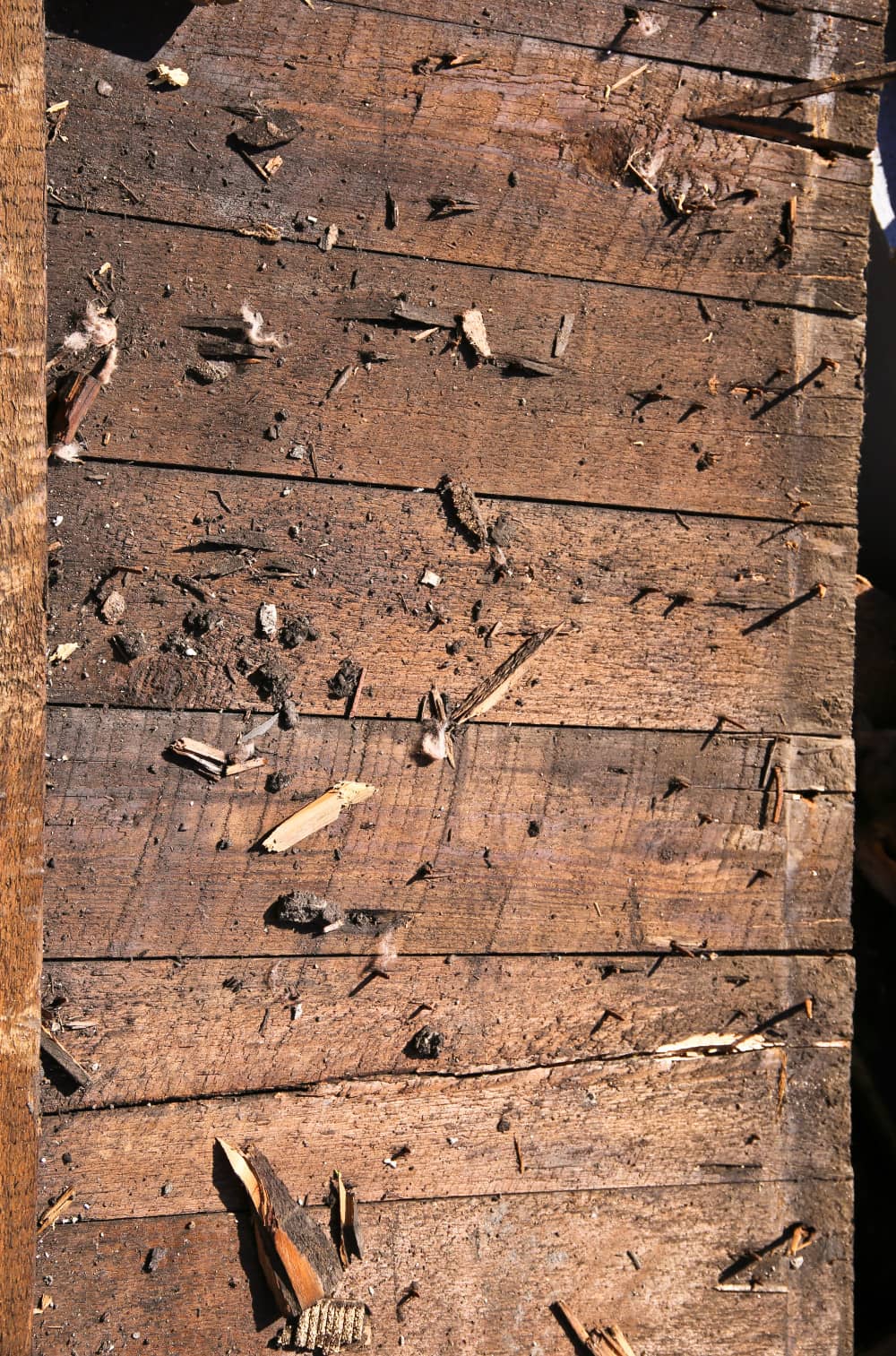
as i moved around, taking notes and photographing the little nuances that make each and every house pleasingly unique, i spent some time around a collapsed wall that made the ridge board easily accessible. the cavities between the studs contained piles of clutter, including insulation in the form of mortar and lath wedged neatly within these spaces, atop the ridge board. there i managed to find bits and pieces of ephemera (mostly newspaper) that either made its way there through countless excursions by mice or rats (though typical nesting materials were not found in the mix) or was left intentionally by the carpenters or occupants. either way, i managed to extract enough information from the brittle fragments to determine an approximate date of the paper (1878-1881). judging by its location, it may very well align nicely with the age of the house. i've mentioned this technique many times before as a way that i collect data to assist in dating a house. this is especially helpful if it was built before the great chicago fire of 1871, when all of the city's records and/or permits were destroyed in the fire.
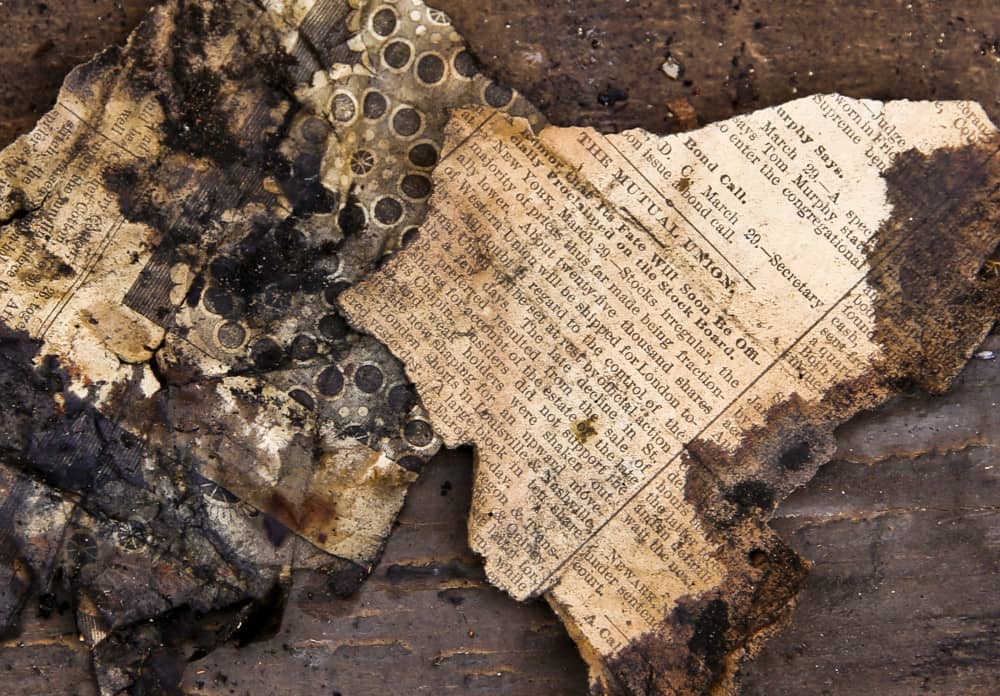
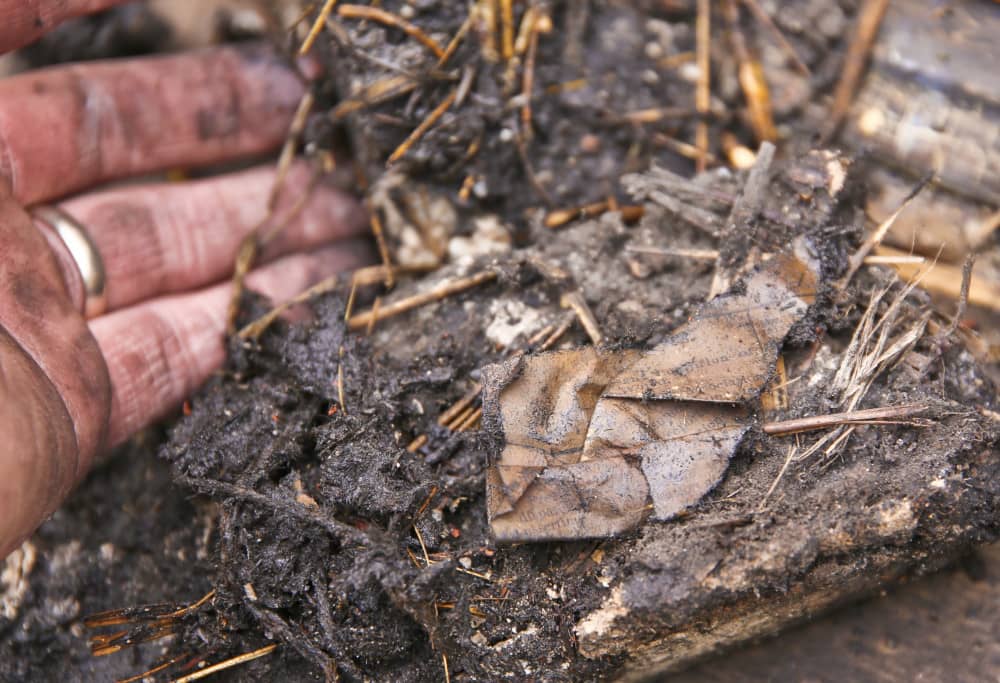

by then it was getting dark and i needed to head back to the shop to resume running my salvage business. once there, i ended up spending most of my time in the office editing images and photographing building materials culled from the wreckage in my shop's studio. i find that these quick fact-finding "missions" are important for many reasons, first and foremost for extracting building materials. finding ephemera hidden behind the walls helps date a house that is being wiped away in physical form, that will only live on through a narrative created by those committed to methodical documentation. secondly, the field data collected is quickly added to the ever-growing deconsructing chicago database, which serves to provide the most accurate picture of the exact materials used and the array of methods employed to construct chicago cottages (and other structures) between 1840 to 1900. reasons for this data collection are too numerous to list, but architectural historians or historic building materials specialists know exactly why this is significant.
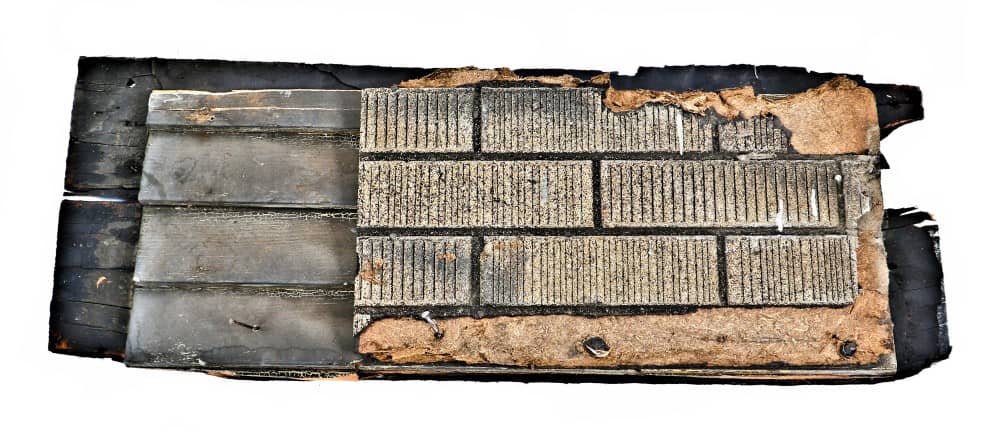
beyond this, finding material hidden behind the walls, and in various cavities can provide valuable insight into the daily lives of the occupants who lived there through the years, even the decades. granted, the refuse left behind in the ground, later excavated, almost always paints a much bigger picture, with richer detail - especially in terms of what the occupants consumed. but in the walls, i find sentimental objects, toys, clothing, papers and sometimes even letters. the latter is by far my favorite, as i get the chance to read the exact thoughts of the occupant living there at that time. taken altogether, these remnants enrich a narrative of daily experience, opening a window into events happening in chicago and around the world long ago.
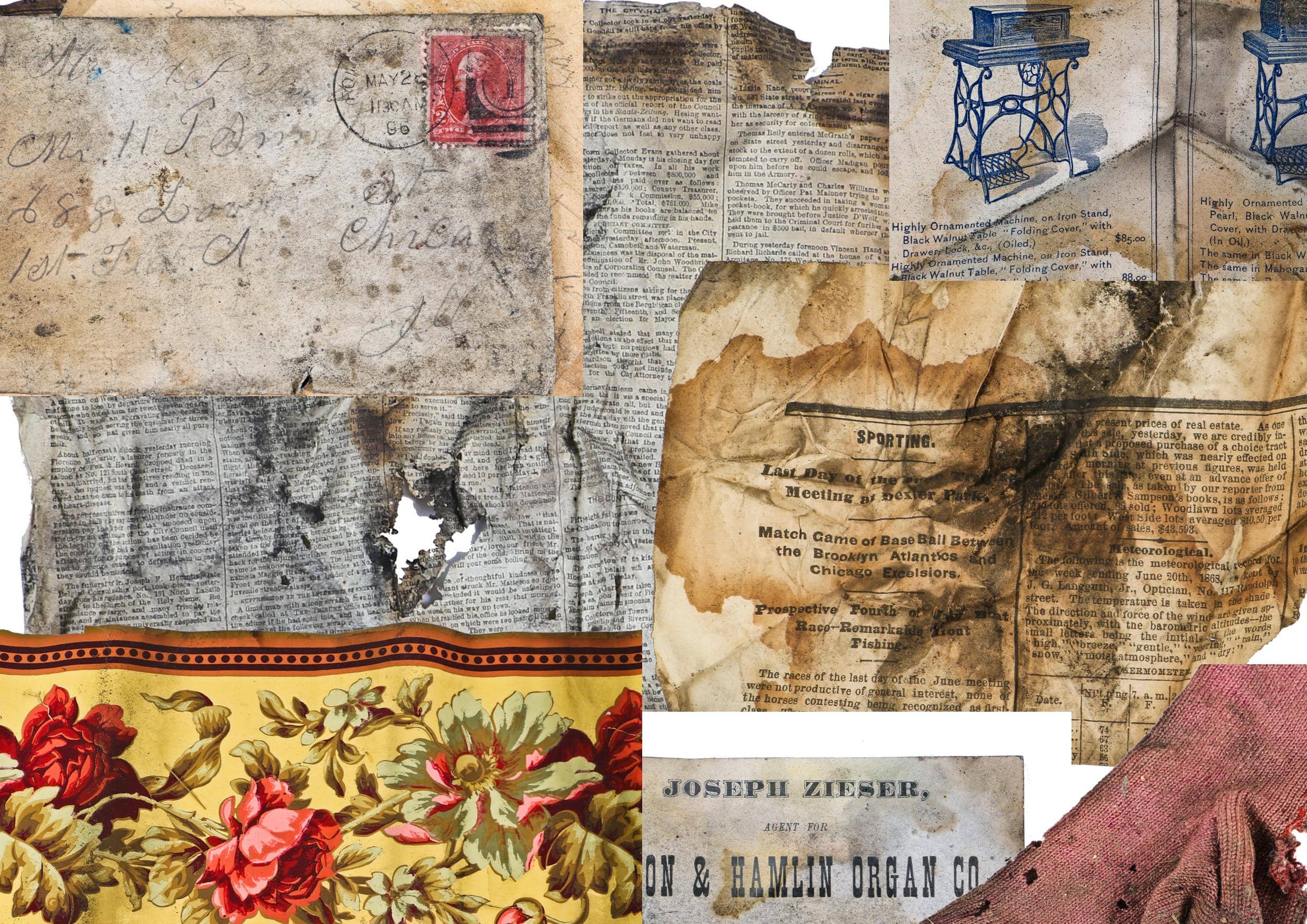
This entry was posted in , Miscellaneous, Salvages, Bldg. 51, New Products, Events & Announcements, New Acquisitions, Featured Posts & Bldg. 51 Feed on June 12 2016 by Eric
WORDLWIDE SHIPPING
If required, please contact an Urban Remains sales associate.
NEW PRODUCTS DAILY
Check back daily as we are constantly adding new products.
PREMIUM SUPPORT
We're here to help answer any question. Contact us anytime!
SALES & PROMOTIONS
Join our newsletter to get the latest information
























